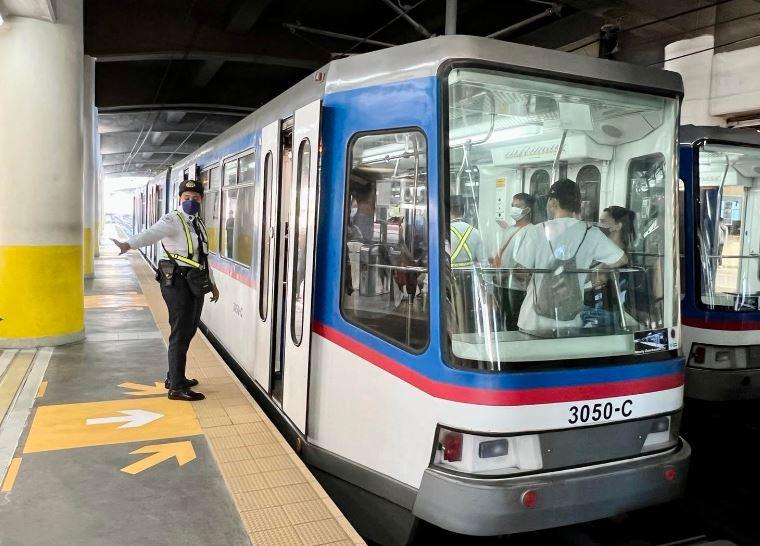MRT Stations to Ditch X-Ray Scanners: Faster Commute Incoming?

Good news for MRT-3 commuters! The Department of Transportation (DOTr) is seriously considering a complete removal of X-ray scanners from all MRT-3 stations. This move, announced by DOTr Secretary Vince Dizon, aims to significantly reduce long queues and improve the overall commuting experience for thousands of daily riders.
Easing the Rush: Addressing Commuter Concerns
For months, MRT-3 stations have been plagued by lengthy queues, particularly during peak hours. Many commuters have voiced concerns about the time spent waiting to pass through security checkpoints, often adding significant delays to their journeys. The presence of X-ray scanners, while intended to enhance security, has inadvertently contributed to these bottlenecks.
Why the Change?
Secretary Dizon explained that the DOTr is evaluating the necessity of X-ray scanners in light of other security measures already in place. “We are looking at the possibility of removing these scanners to help ease the congestion,” he stated. The decision follows a thorough assessment of security protocols and a commitment to improving passenger flow.
Enhanced Security Measures: A Multi-Layered Approach
The DOTr assures the public that the removal of X-ray scanners won't compromise security. Instead, they plan to reinforce alternative security measures, including:
- Increased Visible Patrols: More security personnel will be deployed to monitor stations and provide a visible deterrent to potential threats.
- K-9 Units: The use of trained dogs to detect explosives and other prohibited items will be expanded.
- CCTV Surveillance: Enhanced CCTV coverage will provide real-time monitoring of stations and platforms.
- Random Bag Checks: Security personnel will conduct random bag checks to ensure compliance with security regulations.
Potential Benefits: Beyond Reduced Queues
The potential benefits of removing X-ray scanners extend beyond just shorter queues. The move could also lead to:
- Faster Boarding Times: Reduced congestion at security checkpoints will allow for quicker boarding of trains.
- Improved Commuter Satisfaction: A smoother and more efficient commute is likely to increase commuter satisfaction.
- Cost Savings: The removal and maintenance of X-ray scanners represent a significant expense, which could be redirected to other improvements within the MRT-3 system.
What’s Next?
The DOTr is currently finalizing its plans and conducting further consultations with stakeholders. A formal announcement regarding the implementation of the X-ray scanner removal is expected soon. Commuters are encouraged to stay updated on the latest developments through the DOTr’s official website and social media channels.
This potential change represents a significant step towards a more convenient and efficient MRT-3 experience for all. The focus on a multi-layered security approach demonstrates the DOTr’s commitment to both safety and passenger satisfaction.



